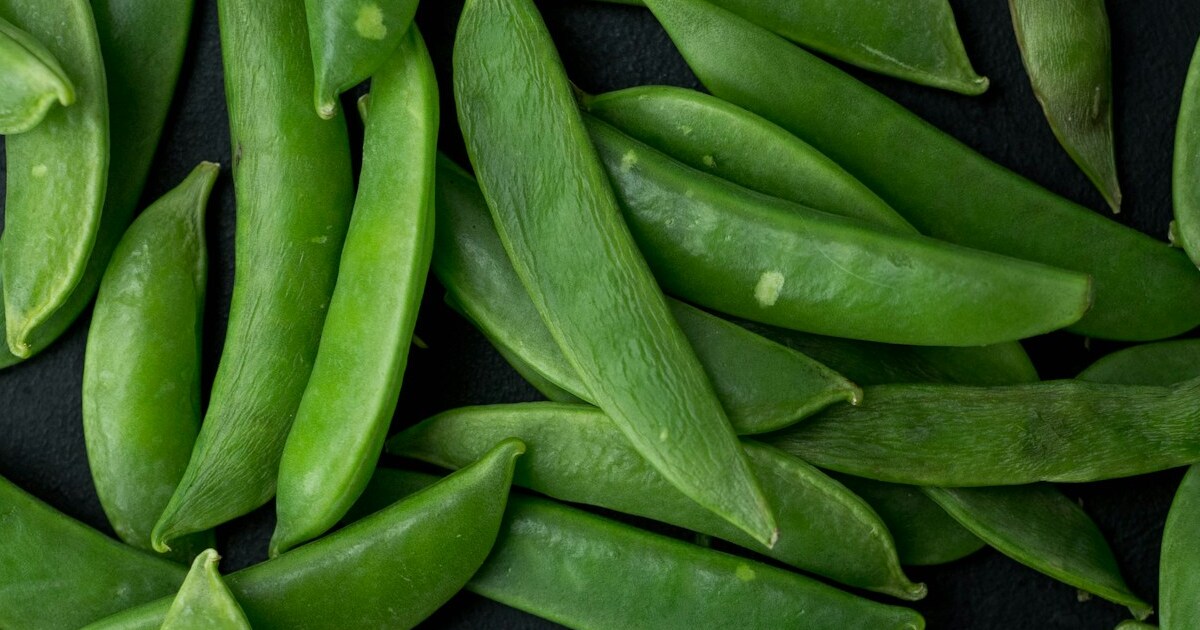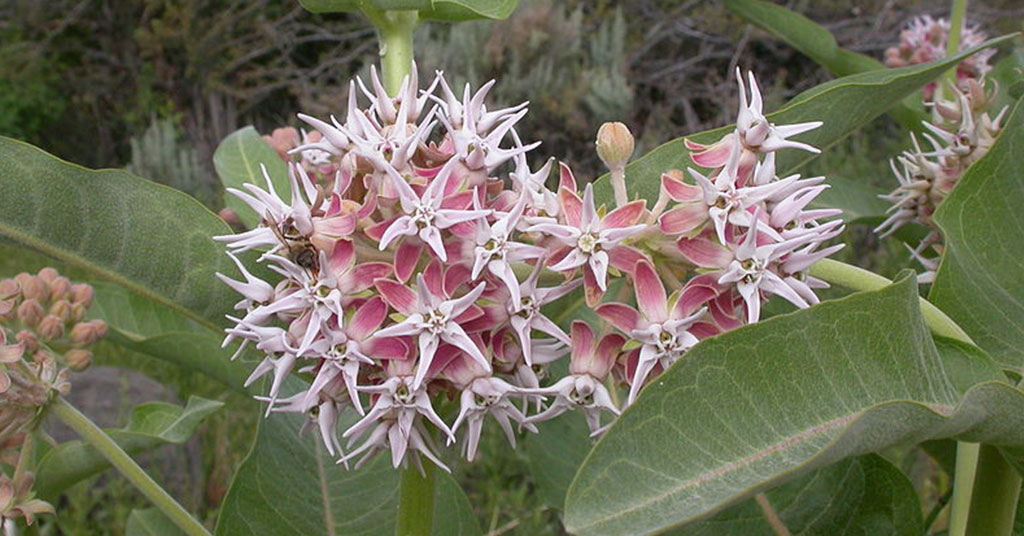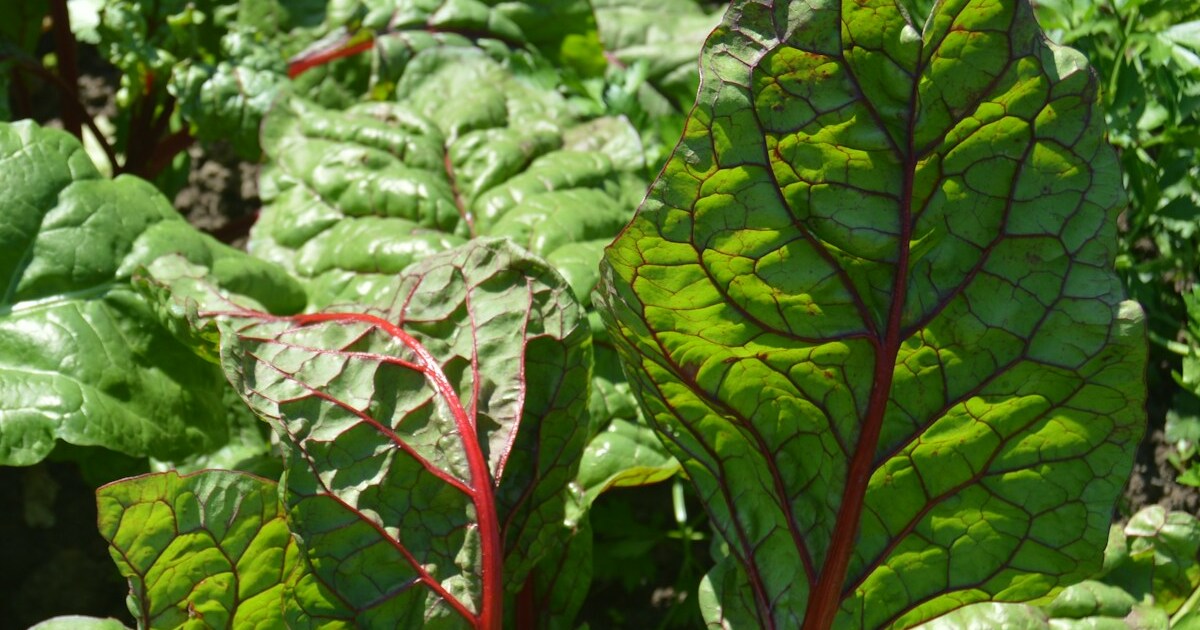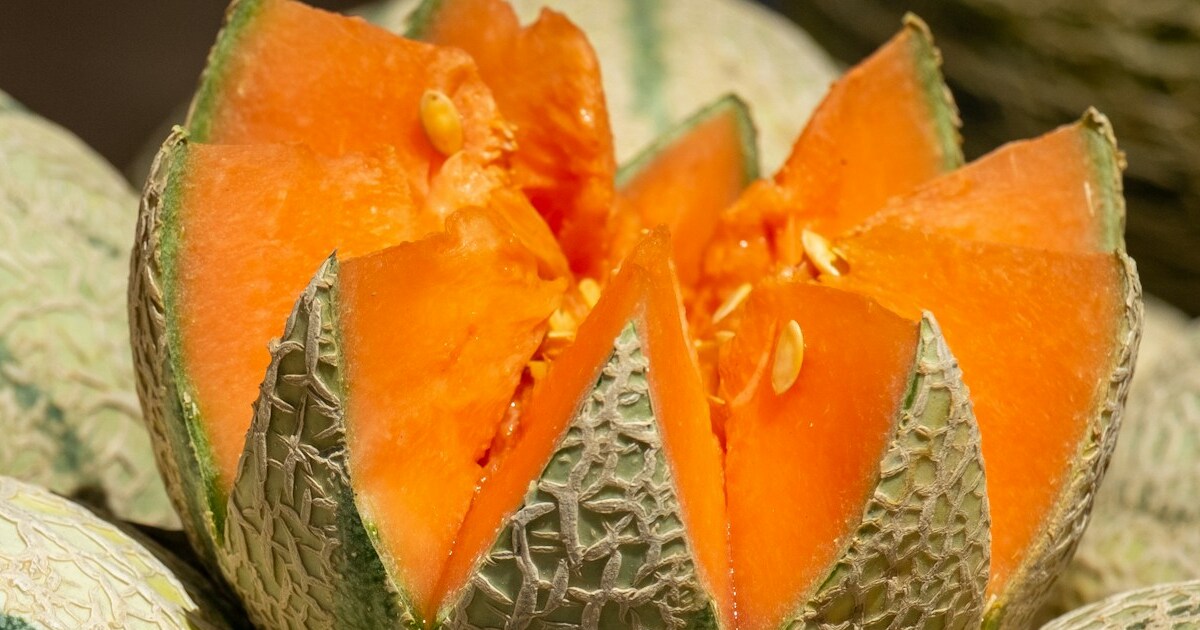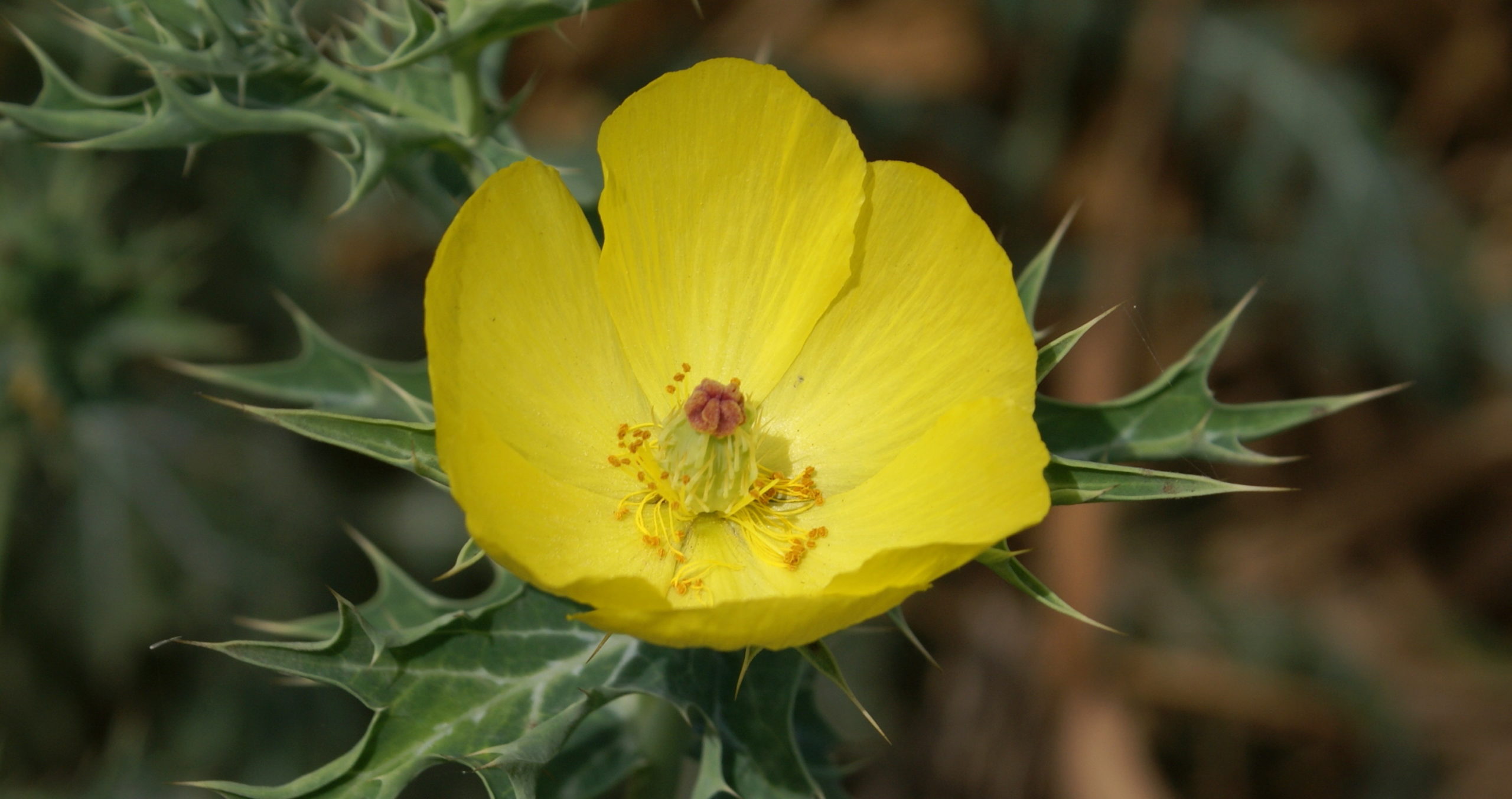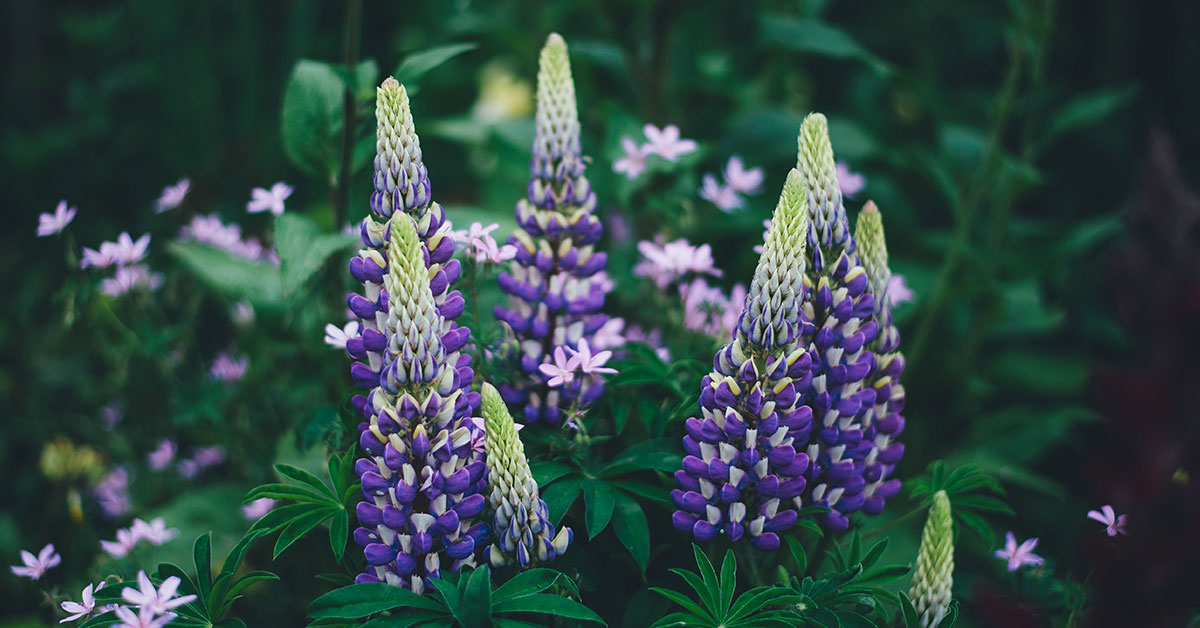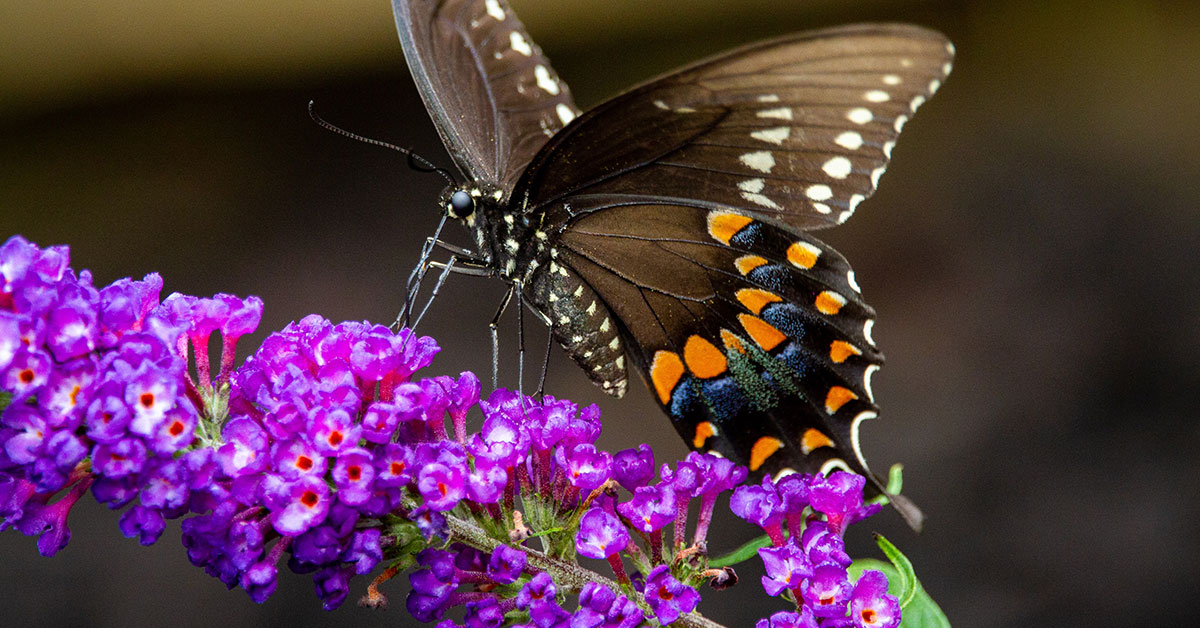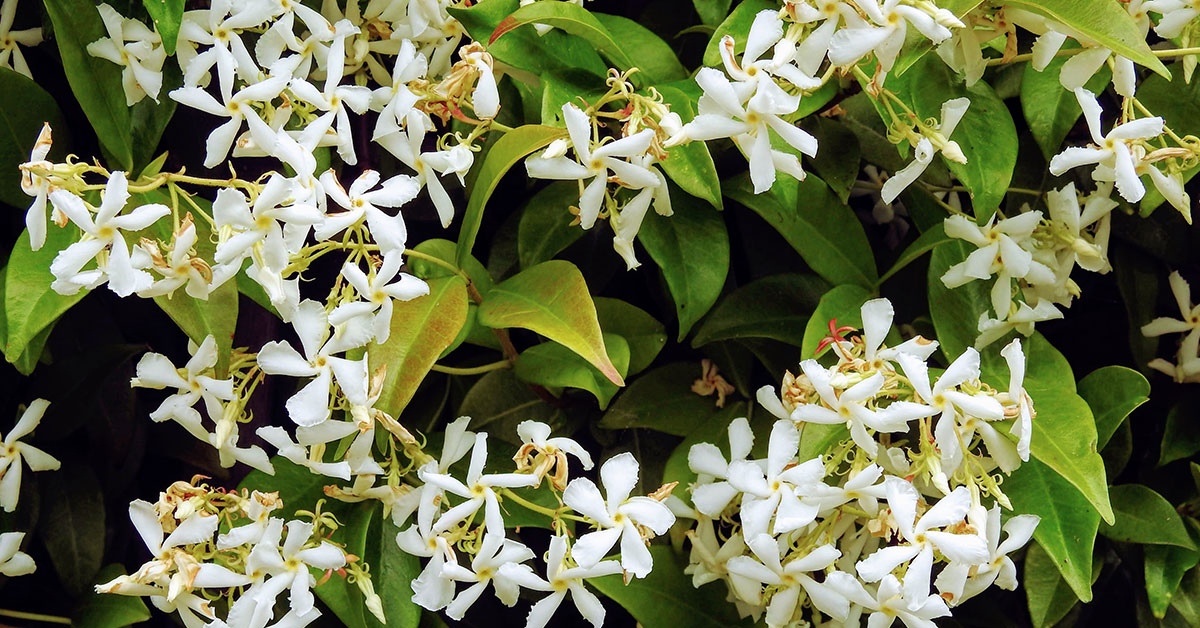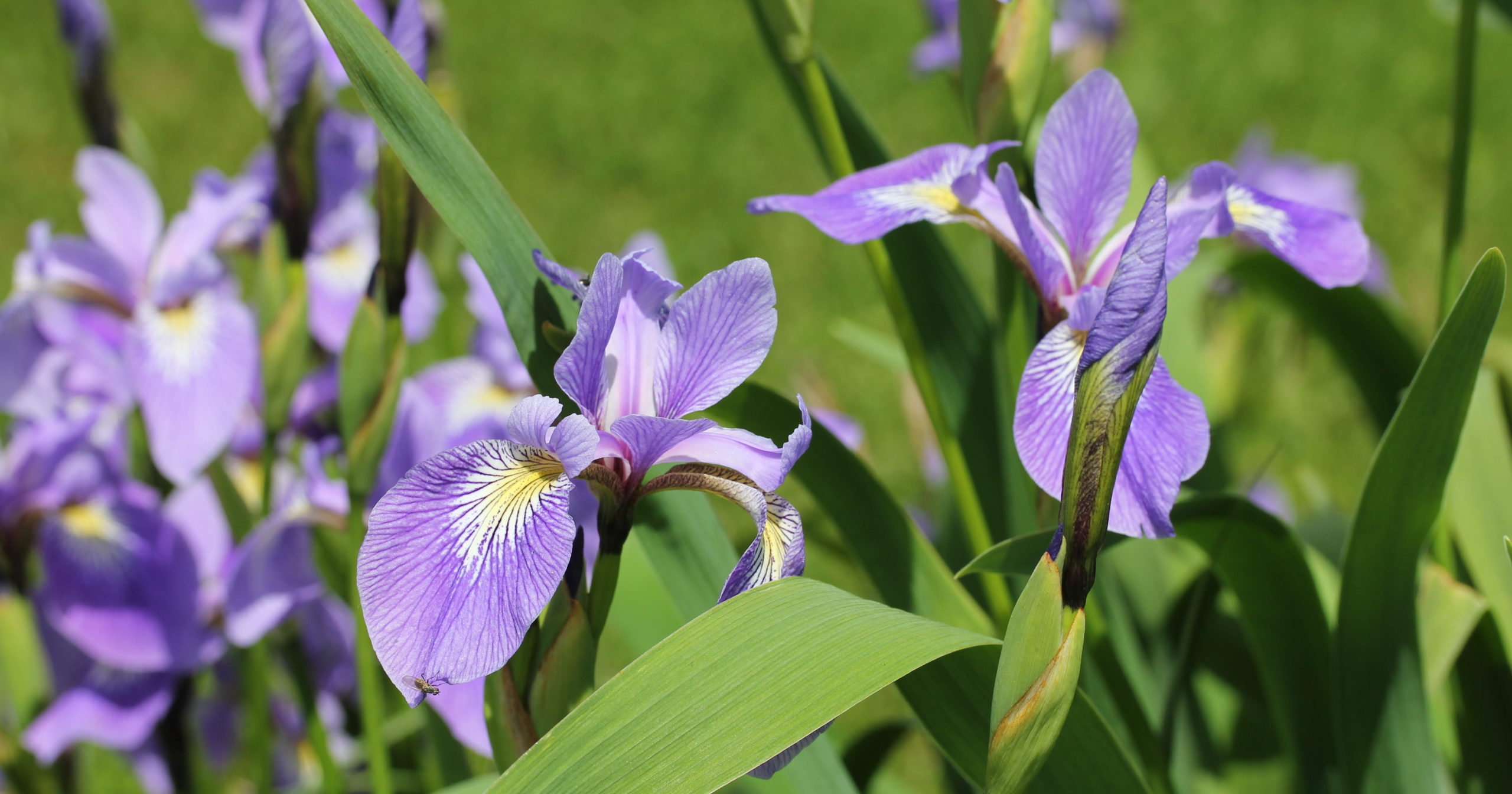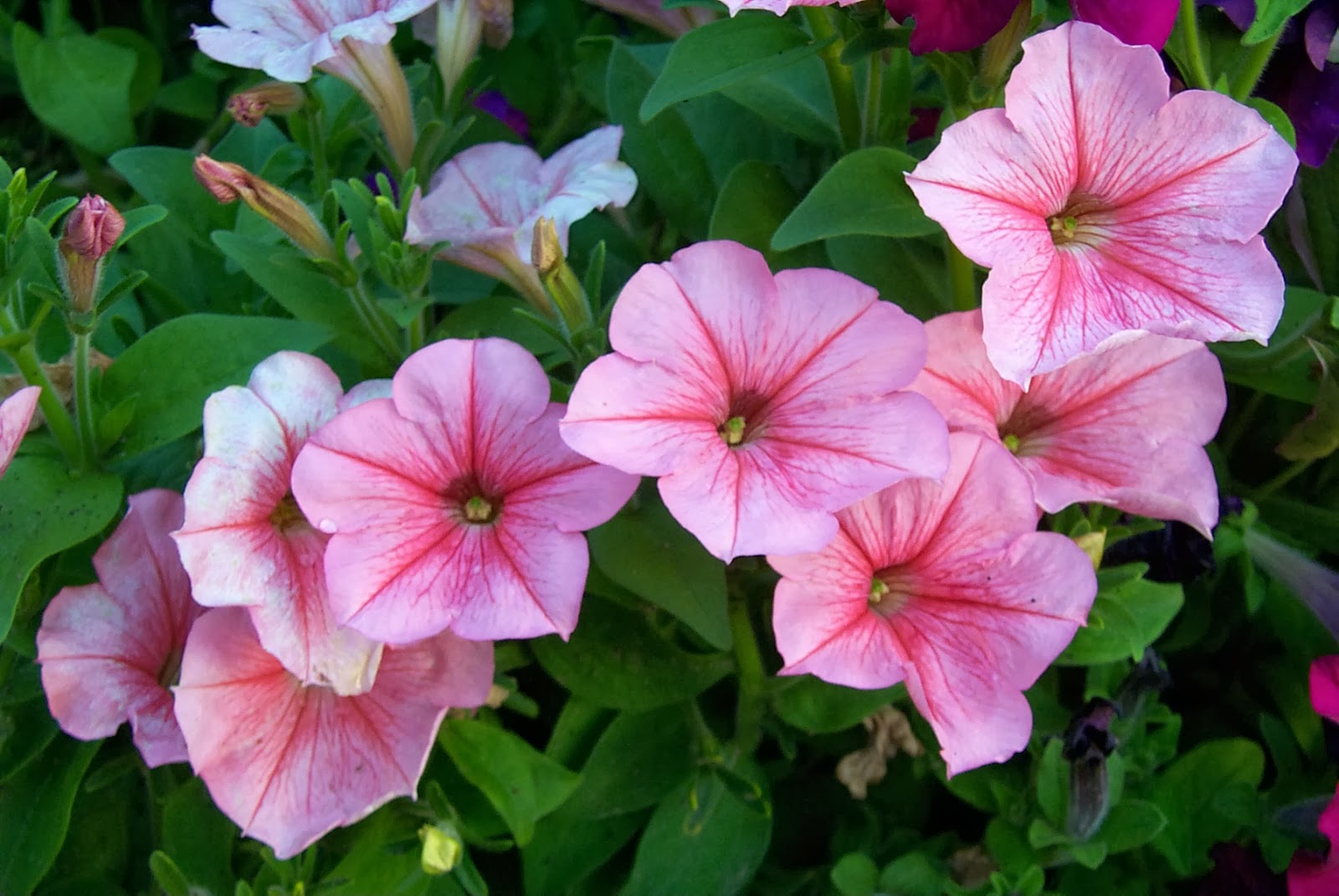Mealybugs are a pesky problem for any plant owner, and it can be especially difficult to eliminate these pests from jade plants. Fortunately, there are some simple methods you can use to get rid of them. We’ll explain what mealy bugs are, how they can affect jade plants and the best practices for controlling them. With the right information, you can keep your jade plant healthy and free of mealy bugs.
What Attracts Mealybugs On Jade Plants?
Mealybugs are one of the most common pests that affect jade plants. These insects feed on the sap of the plant, and the sweet, sticky sap of jade plants makes them particularly attractive to mealybugs. Mealybugs also like the warm and humid environment that jade plants provide, making them an ideal host for these pests. Mealybugs can quickly infest a jade plant if left unchecked and are particularly difficult to get rid of once they have taken hold of a plant.
Early signs of infestation include small, cottony white spots on the leaves and stems. These spots are the mealybugs themselves, but they also leave behind a sticky residue known as honeydew. This residue often appears as shiny, black spots on the leaves and stems and can attract other pests, such as ants. The mealybugs can also cause the leaves to yellow and will eventually lead to leaf drop and stunted growth.
How To Deal With Mealybugs On Jade Plants
There are steps you can take to prevent them from occurring in the first place. Start by making sure your jade plant is in a well-ventilated room or area, as mealybugs thrive in humid, warm environments. Additionally, inspect your plant regularly and check for signs of mealybugs, such as white, cottony masses on the leaves and stems.
If you spot any signs of mealybugs, take immediate action to remove them. You can do this by dabbing the pests with a cotton swab soaked in rubbing alcohol. Insecticidal soap and oil products can be harmful to jade plants when not used properly. These products can cause leaf or stem burn if they come into contact with the foliage, or if a large amount is used. Additionally, jade plants are sensitive to the oils in insecticidal soap, and the soap can damage delicate leaves and stems.
When used correctly, insecticidal soap and oil can be effective in controlling pests, but it is important to use them carefully and make sure not to spray the foliage directly. Finally, keep your jade plant healthy by providing it with the proper sunlight, water, and fertilizer. By taking these preventative steps, you can help ensure your jade plant stays mealybug free.
Providing Adequate Care
With proper care, jade plants can provide a beautiful and lush addition to any room. To provide adequate care, jade plants should be placed in a warm, sunny location and watered every 7-10 days. Over-watering can cause root rot, so it is important to let the soil dry out between waterings. Make sure the pot has adequate drainage, as jade plants do not like wet feet.
Pruning is one of the most effective ways to remove mealybugs from jade plants. Removing the infested leaves, stems, and branches will help prevent the spread of the pests. Make sure to dispose of the pruned material away from the plant to avoid re-infestation. Additionally, pruning can help to improve the overall health of a jade plant, as it can help to stimulate new growth and encourage a bushier, fuller shape. Be sure to use sharp, sanitized pruning tools to avoid introducing additional pests or diseases to the plant.
Disposing Of Your Infected Jade Plant
Unfortunately, sometimes an infestation of mealybugs can be so severe that you must dispose of your jade plant. Disposing of an infected plant can save your other indoor plants as well as save you stress. It’s not a good feeling to admit defeat but for the sake of your other plants, you may have to say goodbye to your jade plant.
Disposing of a jade plant infected with mealybugs is important for the health and well-being of other plants in the area. Mealybugs are pests that feed on plant foliage and sap, reducing plant growth and vigor. If left unchecked, they can quickly spread among other plants in the area, causing significant damage and potentially killing them. By disposing of the infected jade plant, you can help prevent the spread of mealybugs to other plants and maintain the health of your garden.




